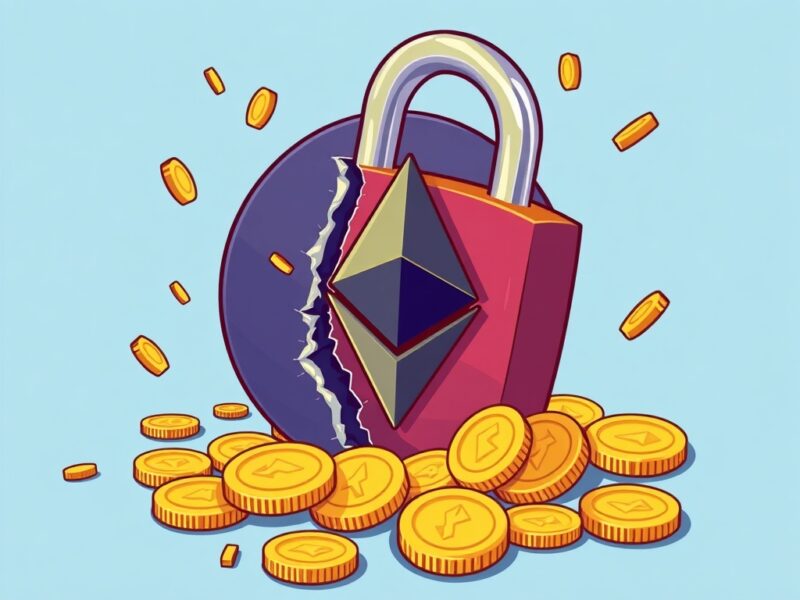When investors look to buy crypto today, meme tokens like Shiba Inu (SHIB) and Pepe (PEPE) often dominate conversation for their cultural flair and historic pop. But analysts are singling out Mutuum Finance (MUTM), currently priced under $0.05, as a more strategic choice. Here’s why the fundamentals back that call.
SHIB and PEPE: Culture-Rich, Growth-Limited
Shiba Inu (SHIB) is trading at around $0.0000123 USD, with a huge circulating supply near 589 trillion tokens. Its ecosystem includes ShibaSwap and the emerging Shibarium Layer-2, reflecting a broader, community-driven narrative. Still, such a massive supply means even small price gains translate into modest returns.
Pepe (PEPE) trades near $0.0000099 USD, making it another accessible meme coin with strong cultural momentum. Despite viral demand, PEPE lacks protocol-level innovation, relying instead on social trends, which may not sustain long-term growth.
Both have undeniable meme coin status. But for investors aiming for growth grounded in structural design and not just token mash-ups, there’s another player in focus.
Mutuum Finance (MUTM)
Mutuum Finance (MUTM) is a DeFi protocol that unites lenders, borrowers, and liquidators within a single ecosystem. A key driver of its long-term value is the buy-and-redistribute mechanism, where a portion of platform fees is used to repurchase MUTM on the open market and redistribute tokens to users staking mtTokens in the safety module. This approach sustains consistent buying pressure while rewarding active participants, reinforcing organic upward momentum.
The project also stands out by launching its beta version alongside the token listing, ensuring the platform is live and functional from day one. This immediate usability increases the likelihood of listings on top-tier exchanges, boosting liquidity and exposure in ways that meme coins rarely achieve.
Mutuum Finance further builds credibility with a completed CertiK audit, earning a 95/100 score that validates its smart contracts and reinforces investor confidence. By combining product readiness, structural demand, and verified security, Mutuum Finance positions itself as a protocol with the fundamentals to attract both everyday users and institutional interest.
Smart DeFi Design for Sustainable Growth
Mutuum Finance is structured to balance opportunity with control. Its dynamic interest model ensures that loan rates adapt to utilization. When liquidity is abundant, borrowers enjoy lower rates that encourage capital use, while scarcity pushes rates higher, incentivizing repayments and attracting new deposits.
Beyond variable terms, a stable rate option allows select borrowers to lock in predictable repayment costs at a slightly higher initial rate, with a built-in rebalance mechanism that keeps those rates fair if market variables shift.
The protocol also applies robust risk management, assigning each asset customized Loan-to-Value ratios, liquidation thresholds, and reserve factors. Stablecoins, for instance, may allow higher borrowing limits at 75% LTV, while volatile tokens are restricted to tighter parameters.
Supporting this framework is oracle infrastructure centered on Chainlink, supplemented with fallback and aggregated data services to safeguard against pricing inaccuracies, an especially critical factor during liquidations.
At the presale price of $0.035, an investment of $890 secures around 25,400 MUTM tokens. Once the token rises to $0.06 at launch, that position would already be worth about $1,550, representing a strong gain before broader market demand sets in. Looking further ahead, when MUTM reaches $0.90, the same holding grows to roughly $22,900, showing how even a relatively small entry can scale into a significant return, well beyond what tokens like SHIB or PEPE currently offer.
Layer-2 Integration
Mutuum Finance (MUTM) is building with scalability in mind, preparing to integrate Layer-2 solutions that expand its reach and reduce the costs of participation. By connecting its liquidity pools and lending markets to Layer-2 networks, the protocol will allow lenders and borrowers to interact with significantly lower gas fees and faster transaction speeds compared to mainnet-only operations. This step is particularly important for smaller participants, who often find Ethereum’s base-layer costs prohibitive. With Layer-2 integration, everyday users gain access to the same lending, borrowing, and yield opportunities without seeing their returns eroded by transaction expenses.
Beyond cost efficiency, Layer-2 compatibility opens Mutuum Finance to a broader ecosystem of DeFi applications and cross-chain users. This ensures that mtTokens—interest-bearing ERC-20 tokens minted when assets are supplied—can circulate seamlessly across Layer-2 environments, maintaining their yield accrual and utility. In practice, this makes Mutuum Finance not only more accessible but also more interconnected with the wider DeFi space, aligning with the project’s vision of uniting lenders, borrowers, and liquidators in one ecosystem while scaling for long-term adoption.
Strategy Meets Opportunity
SHIB and PEPE carry strong cultural influence and at times, deliver moderate returns. But they lack long-term design or DeFi foundations. Mutuum Finance (MUTM) presents a stronger case: structural demand drivers, balanced lending mechanics, audit-backed contracts, and early-stage pricing that retains upside.
For more information about Mutuum Finance (MUTM) visit the links below:
Website: https://www.mutuum.com
Linktree: https://linktr.ee/mutuumfinance
The post Which Cryptocurrency to Buy Today? Experts Favor Mutuum Finance (MUTM) Over SHIB and PEPE appeared first on Blockonomi.
Source: https://blockonomi.com/which-cryptocurrency-to-buy-today-experts-favor-mutuum-finance-mutm-over-shib-and-pepe/

